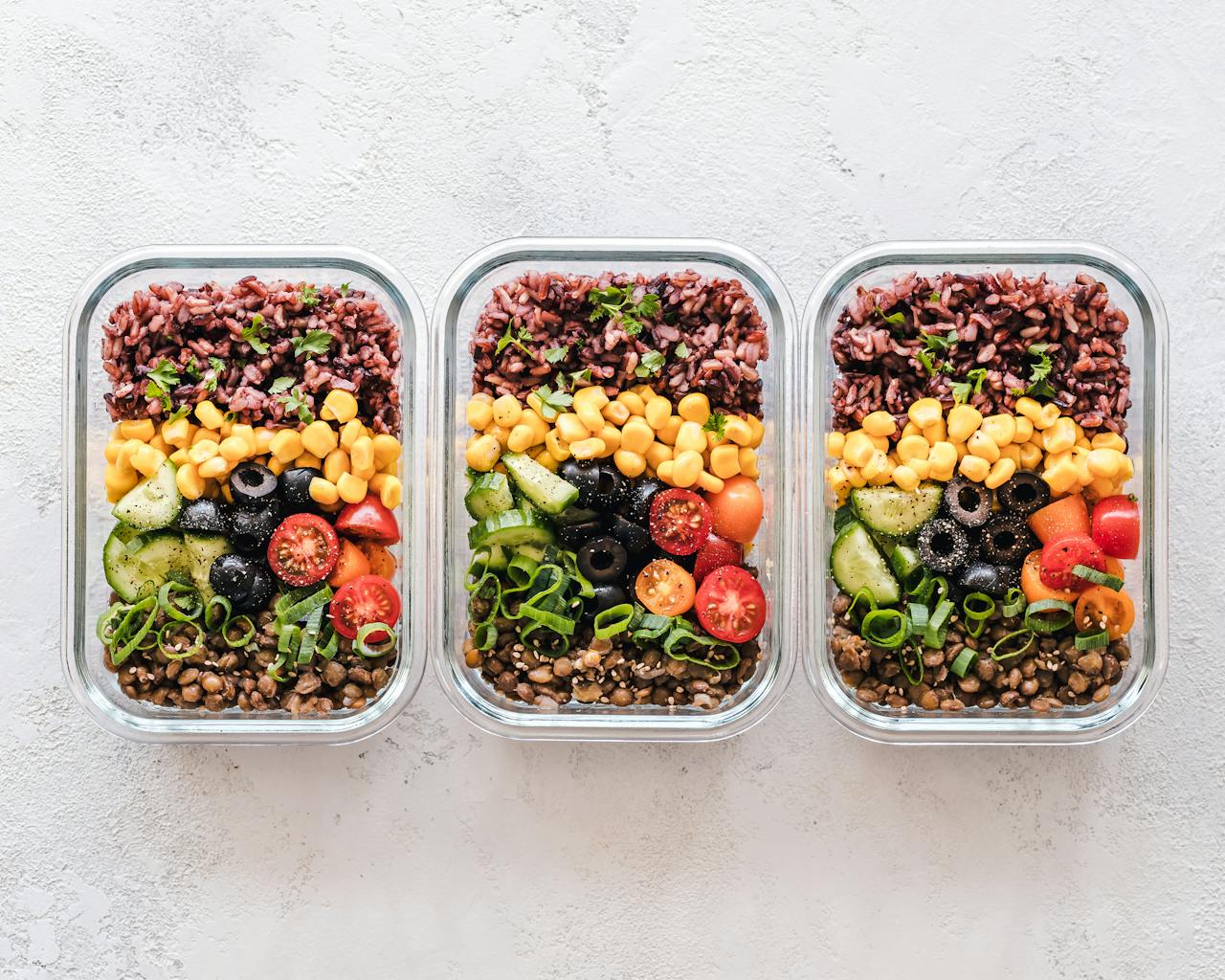
Join 130k subscribers and get the best of the week, straight to your inbox.
Leaving the workforce to raise your babies full-time sounds lovely on paper, but it hits differently IRL. The second paycheck disappears, but the bills don’t. The fridge still needs stocking, the kids outgrow clothes faster than you blink, and somehow, you’re busier than ever trying to “figure it all out.”
At this point, many moms wonder how to survive being a stay at home mom financially because this shift comes with a real mental load that no one talks about enough. It’s not just about cutting corners; you have to adjust to a whole new role where you’re not contributing financially. And since this shift inevitably brings stress along, let’s nip this worry in the bud and understand how to financially be a stay at home mom.
Keep reading and ace this phase of life because the kids are this tiny only once!
How to Survive Being a Stay at Home Mom Financially
Leaving a paycheck to raise kids full‑time is a joint decision that needs clear priorities and a promise to stick to the plan. When the numbers are sorted and everyone’s on the same page, it takes the pressure off later. There’s room to enjoy the season for what it is, not stress over every swipe.
Here’s how to financially be a stay-at-home mom without panic and pressure:
Kill High‑Interest Debt Before Quitting Work

One of the smartest moves you can make before transitioning to one income is to knock out any high-interest debt. Credit card balances are mostly the biggest culprits here, as their rates quietly drain your money monthly. If you’re paying 20–30% interest on a $5,000 balance, that’s easily $100+ going to nothing but interest. Now imagine what that amount could do for your grocery bill, utilities, or savings when there’s only one household income.
If you want to stay home full-time and manage finances well, list every loan or balance with the interest rate next to it, and prioritize the one with the highest rate first. Then you’ll have to work for it—whether it’s extra shifts, a side hustle, or cutting leisurely activities while you’re still working—to throw every spare dollar at that debt. The less you owe, the less your one income has to stretch later. This one step alone can free up a chunk of cash you’ll need when diapers, school supplies, or gas.
Start A Zero‑based Budget And Slash Extras
Zero-based budgeting means telling every dollar where to go before it has a chance to disappear. Instead of guessing your bank balance will hold up till month end, you take your total income, list your expenses (housing, food, insurance, gas, savings, etc.), and make sure everything adds up to zero. That means no money floats around aimlessly.
Loved this reflection?
Join The Now Edit — my weekly letter for women reimagining how they live, work, and show up in the world.
Soulful storytelling. Gentle Strategy. Real Tranformation.
By signing up, you’re agreeing with our terms and conditions.
When you do this, you’ll find leaks, the tiny money-drains that add up fast. You could be spending on three different streaming apps, drive-thru coffee, extra beauty appointments, takeout nights that were supposed to be “occasional”, and other things like that.
A zero-based budget gives you control, as you know what’s going out and what’s left for things like birthdays, car repairs, or a weekend treat. Best of all, it keeps both partners in the loop. No awkward money surprises.
Meal‑plan around Weekly Sales and Discounts

Groceries are one of the biggest monthly expenses, but they’re also one of the easiest places to save if you meal plan based on what’s on sale. Look at your store’s weekly ad (most post them online by Wednesday), see which meats and staples are discounted, and build your meals around those deals. Circle proteins and produce at peak discount, and build the week’s menu around them.
For example, if whole chickens are half‑price, roast two on Sunday, shred the meat, and stretch it into sandwiches, quesadillas, and soup for the week. When berries or greens go on sale, batch‑prep smoothies and freezer‑friendly muffins. Bulk‑buy staples like rice, beans, and oats when warehouse clubs run promotions, then store them in airtight containers.
Buy (and Later Resell) Second‑hand

Kids burn through gear at lightning speed—a stroller that costs $300 new might see action for twelve months before it gathers dust. So instead of paying retail, shop lightly‑used items from Facebook Marketplace, Poshmark, Mercari, and seasonal consignment events like Just Between Friends. It helps to scan listings early, set search alerts, and be ready to grab deals within driving distance. Quality brands hold value, so focus on well‑made items that clean up nicely.
You should also consider each purchase a short‑term rental and keep boxes if possible. When your child outgrows the item, list it with clear photos, honest wear notes, and a fair price. Many families recoup 50–70 percent of what they paid for a thing and later roll that cash into the next size car seat or a bigger bike. It means less money out, less clutter in.
Keep Money Fully Joint
A fundamental aspect of how to afford to be a stay at home is not creating a power imbalance. Both partners should treat all incoming money as household income—no “his” and “hers.” A joint account will cover your household bills, savings, and everyday spending, so both partners see the same balance and stay equally invested in financial choices.
Transparency kills resentment before it starts and reinforces that home and income are joint responsibilities. This is the sanest advice I gathered from Redditors in r/AskWomenOver30 that when one partner is raising the family and one is working, the money belongs to both, and there should be no guilt attached to it.
Hacks For Financially Surviving the Stay-at-Home Mom Phase

Besides the five pillars I have explained above to help you get through the SAHM phase, here are some hacks that’ll help you in day-to-day matters:
- Set a weekly cash limit for groceries and leave the debit card at home. Doing so helps control impulse buys and keeps the food budget tight.
- Unsubscribe from store emails and deal alerts to avoid temptation—out of sight, out of mind works.
- Plan no-spend days or weekends where you challenge yourself to use only what’s already at home.
- Join local buy/sell/trade Facebook groups for kids’ clothes, toys, books, and household items, as many freebies are posted there.
- Swap babysitting with a trusted mom friend instead of paying for childcare during appointments or date nights.
- Use a shared digital calendar for bills and due dates to avoid late fees and missed payments. Google Calendar works great.
- Batch errands in one trip to save gas and avoid extra coffee stops or random store detours.
You Can Make Everything Better
Living on one income takes real effort, but with clear finances and teamwork, it’s doable. If you stay honest about your limits, spend with intention, and cut what doesn’t matter, you’ll keep your household steady without constant stress. Raising kids full-time is work. If you plan well and live within your means, you’re already winning. Stay focused and give yourself credit; you’re doing what matters most.
Suggested Reads:
FAQs
What are realistic side hustles I can do from home with kids around?
Some side-hustles you can try are freelance writing, virtual assistance, Etsy printables, transcription, proofreading, blogging, tutoring online, Pinterest management, and social media content batching.
How can I build savings or an emergency fund if we barely break even?
Start small—$5 a week from grocery savings or selling unused items is a win. Track all spending for a month to cut what’s not essential, then move that amount straight into a separate savings account. Make it automatic so it’s not forgotten.
Can I contribute financially if I’m not bringing in a paycheck?
Yes. Running the home well, budgeting smart, saving on childcare, and avoiding daily spending traps saves real money. That’s a financial impact in a different form than a paycheck. It counts and helps your family in the long run.
Zakia Lott
More Like This:








